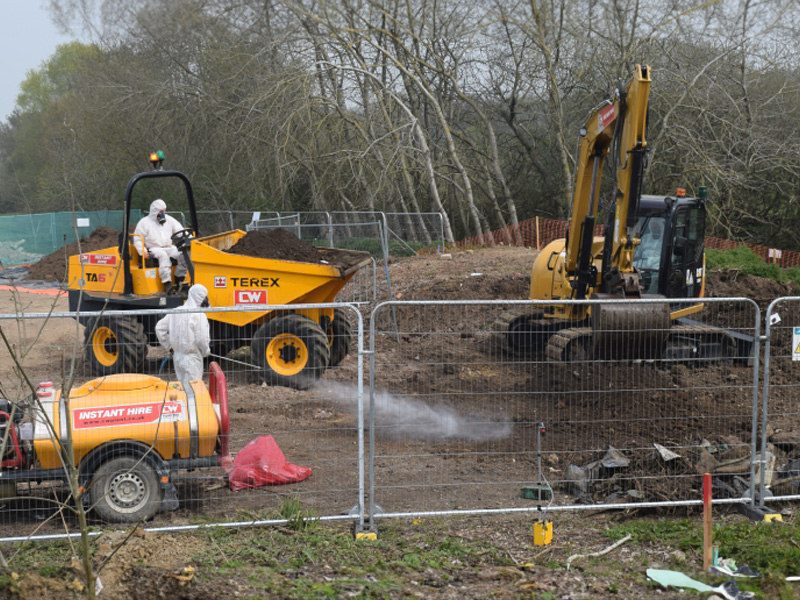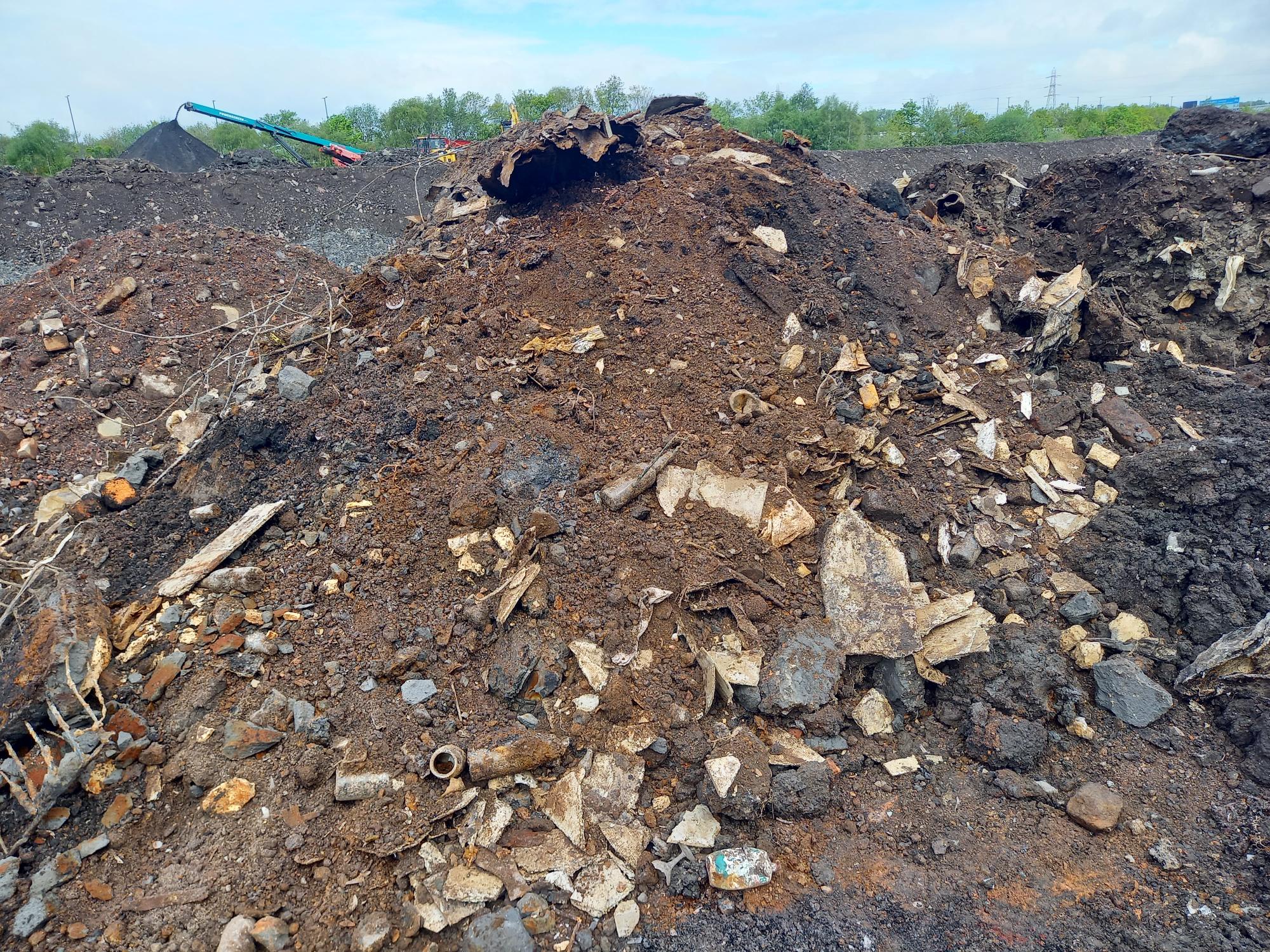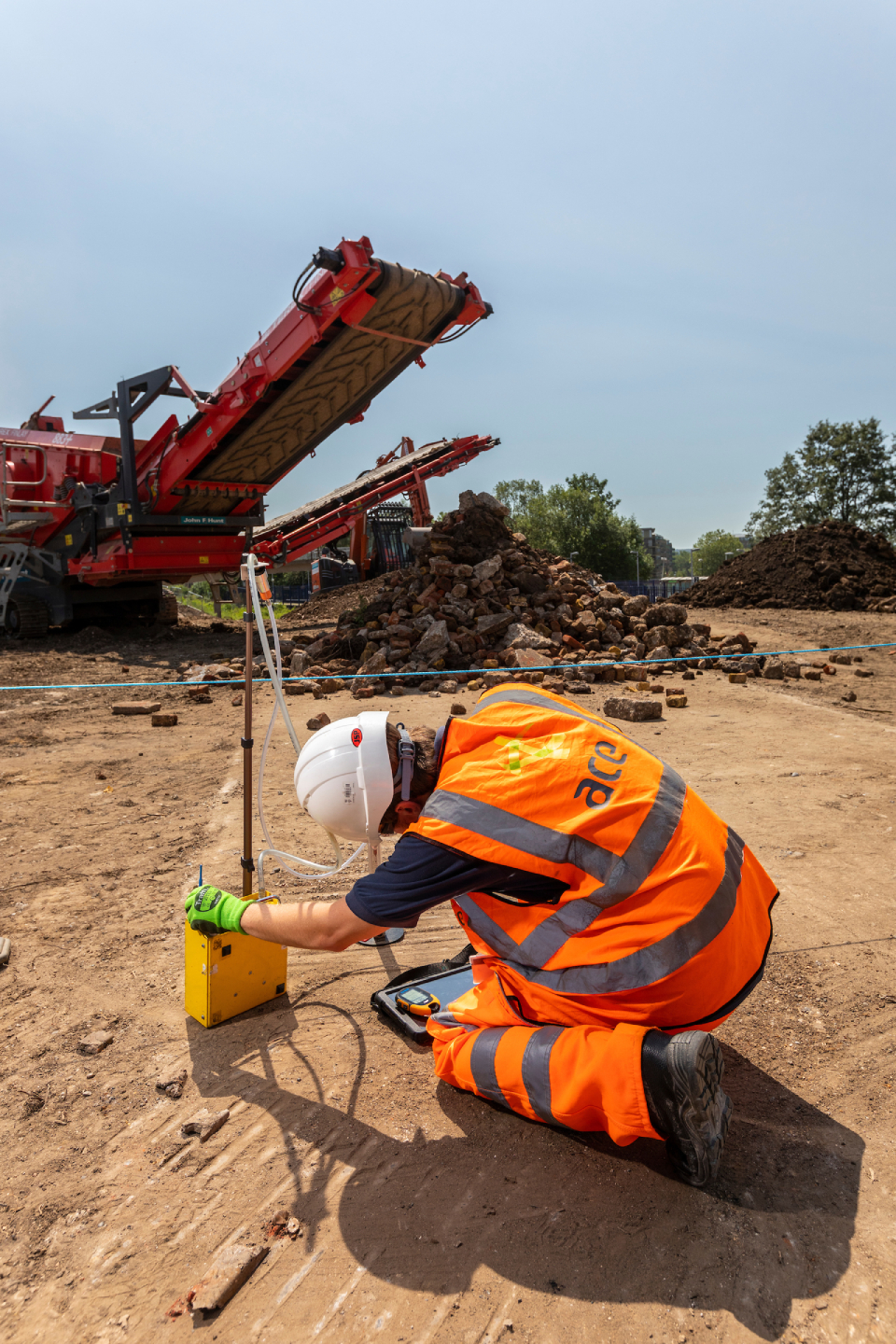

Why Would You Need Our Asbestos in Soils Services?
An increasingly encountered risk in the redevelopment of brownfield sites is the legacy left behind from previous occupants, such as historical contamination from sub-standard asbestos removal, illegally buried waste or other practices that may have contributed to high levels of asbestos being present.
Industry surveys and studies have found that asbestos is a key contaminant on 85% of brownfield land. Its presence in soil is a major issue affecting the redevelopment of sites, slowing construction and increasing the level of risk to workers.
ACE can work with you to ensure the risk from asbestos in soil and contaminated land is minimised by reviewing and updating risk assessments, conducting routine tests and sampling or advising on appropriate control strategies.
ACE also provide analytical services during site remediation works including personal, near, and far source background monitoring, cleanliness of plant and work area inspections (not UKAS accredited), advice on effectiveness of controls and consultancy services.
Where work has been notified and being conducted by Licensed asbestos removal contractors, ACE can provide four stage certificates for reoccupation. (ACE is a UKAS accredited testing body No. 472).
ACE offer analysis of asbestos in soil samples through our supply chain in 3rd party UKAS accredited (ISO/IEC 17025) accredited soils laboratories using the methods stated in HSG248 Asbestos: The Analysts’ Guide and the laboratories own written procedures.
Analysis of asbestos in soils, ballasts and sediments:
- Qualitative analysis – Identification of asbestos containing materials in samples
- Quantitative analysis – Gravimetric analysis of samples to determine asbestos content as a weight /weight percentage (including free fibres) using stereo and combination polarised light/phase contrast microscopy to discriminate, count and measure weight of asbestos fibres. Samples can be analysed to a limit of detection of 0.001%
Moisture content analysis
Analysis of potentially respirable fibres”

